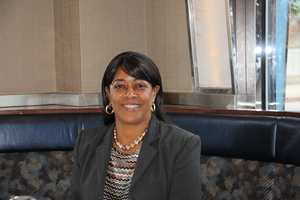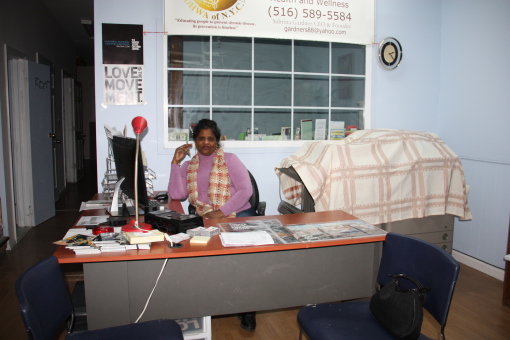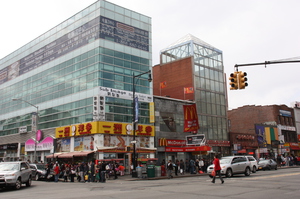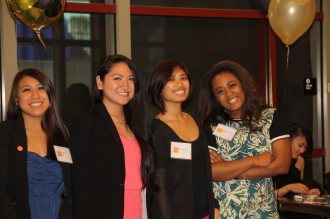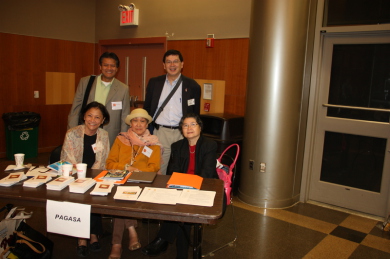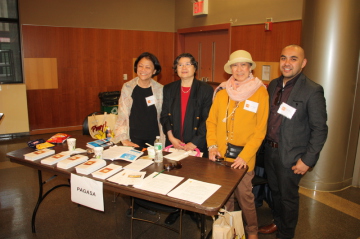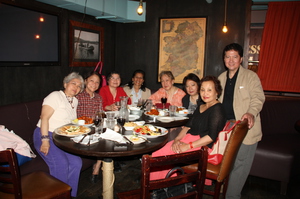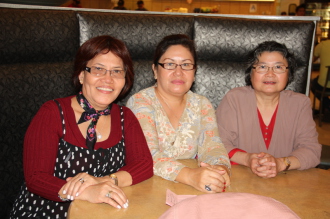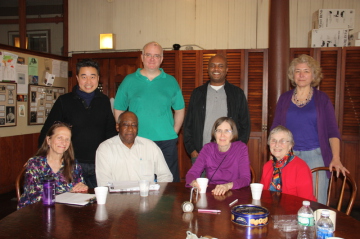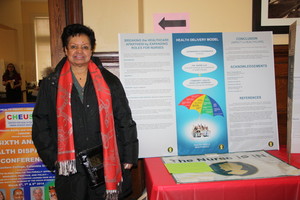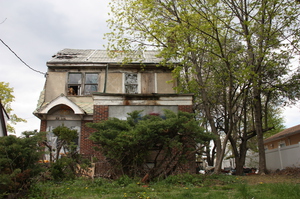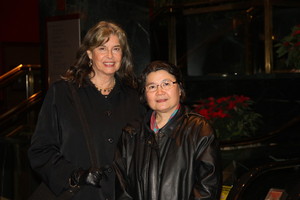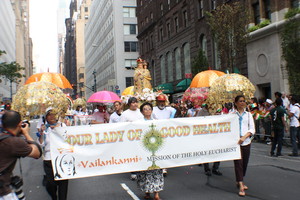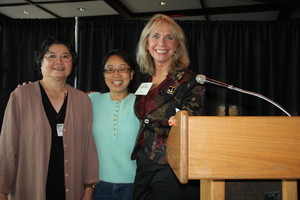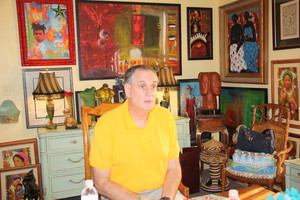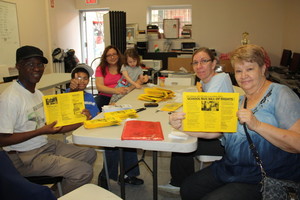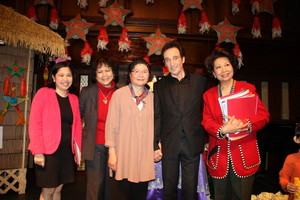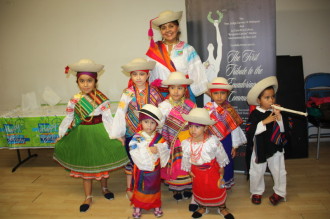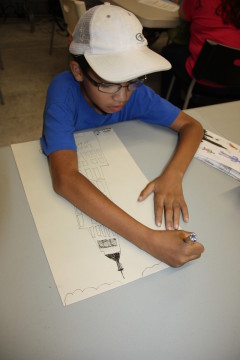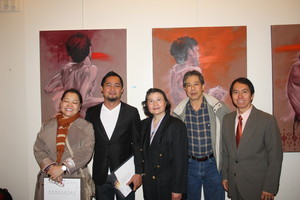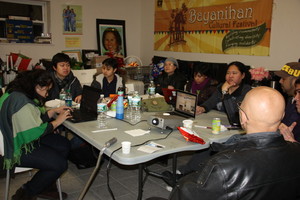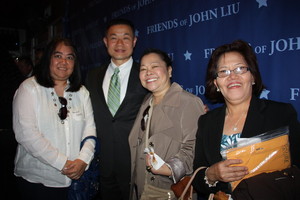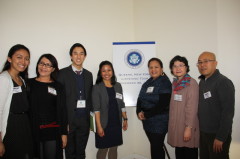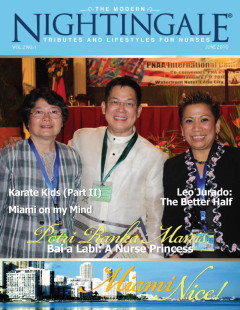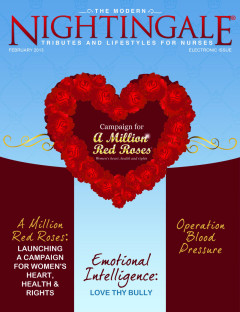Tampipi, Kapis Atbp
Tampipi, Kapis, Atbp
Tampipi– isang uri ng bagahe, gawa sa manipis na kawayan o matibay na dahon, lalagyan ng damit para sa mga naglalakbay. A type of luggage made of thin rattan wood strips or sturdy leaves, used for carrying clothes during travel.
Kapis–from the word “capiz” seashell, the window pane oyster, a bivalve mollusk that is translucent, concave and flat, whose pearly shell surface makes it valuable as chandeliers, lampshades and decor.
Las Islas Filipinas.Org and the Philippine Community Center Services for Aging is proud to announce the launching of the Library & Museum of Philippine American History, Art and Culture, entitled“Tampipi, Kapis, Atbp” on 3rd of June 2017 at 115-03 Atlantic Avenue, Richmond Hill, New York 11418.
For indeed this is a museum and library of migrants and immigrants who have traveled thousands of miles from across the Pacific Ocean with their “tampipi”(or its sturdier, waterproof acrylic, leather, canvas versions) in search of the American Dream or a better life for themselves and families back home.Tampipi symbolizes the spiritof adventure and the aspirations of the Filipino immigrant.
In the home country, most buildings, offices and homes are adorned with the ubiquitous Kapis (capiz) in chandeliers, lampshades, windowpanes, dividers, tabletops as well as on desks, trays, plates, or any flat surface for décor. Hence, the Filipino immigrant usually carries a souvenir, usually an artifact made of Kapis or Capiz shell,reminding her of its bountiful oceans, lustrous sunshine and translucent skies, andeasing the pain of separation and nostalgia while pursuing the American Dream.
Ugnayan (from root word “ugnay” – to link, connect, join), it means interaction, inter-relation, engagement, to have knowledge of, to have relevance.
Indeed, the goal of the Library & Museum of Philippine History, Art and Culture is to achieve this “Ugnayan,” this interactive engagement and inter-relation with our people’s pre-historic and pre-colonial origins to contemporary scenarios. By preserving, showcasing and demonstrating how various documents, ethnic artifacts, and other past relics performed existential functions for our ancestors, the Library & Museum seeks to encourage younger Filipinos to appreciate the dignity of our forebears; and that they may stand proud in the richness of the Filipino cultural heritage, from the northernmost place of Aparri in Luzon Island to the Visayas and to the southernmost city of Jolo in Mindanao Island.
Our Library & Museum also symbolizes and reflects our youth and elderly people’s profound longing to establish this “ugnayan,”connect to our past history so as to understand and make sense of present unfolding situations, such as thoseoccurring in the Philippines, as impacted by global events.
We would like to support various Filipino-American youth groups that have this consciousness and desire to search, analyze and belong to a continuous corridor of Philippine history from past to present, as the solid foundation of their identity, moral strength and foresight to move and weave dreams of the future.
A local example of this youth advocacy is Ugnayan Youth for Justice and Social Changebased in New York (www.ugnayanyouth.org) that seeks “to unite young people of Philippine ancestry to transform society through critical education, community research, and grassroots collective action, and strengthen racial, immigrant and youth justice movements locally and nationally.”
In the West coast, the Filipino Ugnayan Student Organization (FUSO) at the University of San Diego, CAis another example. In November 2016, they recently held their6th Annual Conference entitled,“Exploring our Origins – Paggalugad ng AtingPinanggalingan.”(https://usdfuso.wordpress.com/ugnayan-conference/6th-annual-ugnayan-conference/)
From America’s East coast to the West coast, it is our ardent hope and dreamat The Nursing Office and The Philippine Community Center Services for Aging that passionate and committed Filipino-American youth will find identity support, cultural pride, and a true and genuine home in the Library & Museum of Philippine History, Art and Culture.




